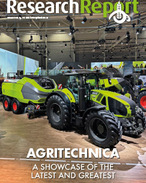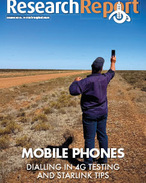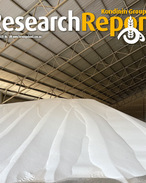This article is 3 years old. Images might not display.
Blue-green algae is a type of microscopic bacteria known as Cyanobacteria. Blue-green algae can impact humans, animals and water supplies.
Senior Veterinary Officer for Agriculture Victoria, Dianne Phillips, said livestock owners need to remain alert as ingestion of blue-green algae can result in the poisoning of livestock.
"As there is no specific treatment for blue-green algae poisoning, producers should check standing bodies of water and farm water supplies daily for blooms, as this remains the most effective way of preventing stock deaths," she said.
"Blue-green algal blooms typically appear as surface scum that looks like a suspension of green paint, often with an earthy smell. However, the colour may range from pale green to dark brown," Phillips said.
Deaths can occur when stock drink toxins produced by the blue-green algae, often when it is concentrated on the down-wind side of a water supply and has formed a dense, surface scum.
Animals that have consumed the blue-green algal toxin may appear ill very rapidly, develop a staggering gait, collapse, begin to convulse and die, typically within 24 hours. This is dependent on the toxicity of the bloom and the concentration of the toxin. Animals that don't die immediately often suffer from severe liver damage.
If a suspicious bloom is noticed, the water supply should be isolated as quickly as possible, and a safe alternate water supply provided.
"Where possible producers should identify an alternative water supply, prior to their primary source of livestock drinking water being affected by a bloom. There may not be time to identify an alternative water source once the primary water supply is affected," Phillips said.
"We recommend laboratory testing of the water supply for the presence of blue-green algae and a post-mortem or examination of dead or sick animals by a veterinarian," she said.
"Dogs are also prone to poisoning as they can swim in farm water supplies and should be kept away from suspect water sources," Phillips said.























